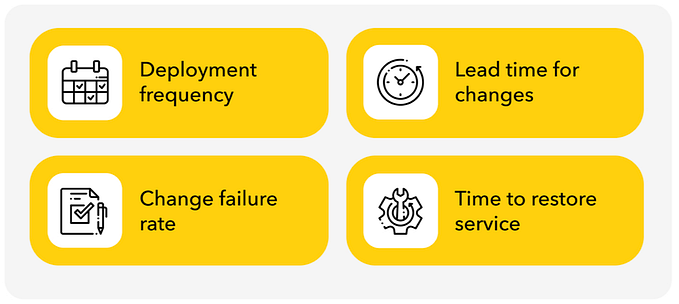Leadership Styles in Management: Which Serves You Best?

Leadership and management are two distinct concepts. Interrelated, but not interdependent.
Leadership refers to the ability to inspire and guide others towards a common goal. It is an embodied skill.
Management however is a hands-on role. It involves planning, organizing and overseeing the work of a team or organization.
Think of a dog sledding team. You’ve got the musher, who decides which dogs to put in the team and where the start and end of the journey will be. Then you have the lead dog, who finds the track, sets the pace and brings all the other dogs with them.
In the world of business, the best leaders can do both of the most important jobs in a dog sled team: they’re the musher and the lead dog. They not only set the direction and make the decisions, but they motivate and engage others to work towards a shared vision.
Various leadership styles in management have been identified and studied over the years. Each of these styles has its own strengths and weaknesses, and the effectiveness of a particular style will depend on the situation and the people involved.
In this article, we examine some of the most common leadership styles, their impact on workplace culture and which is likely to serve you best.
What Is An Autocratic Leadership Style?
Autocratic leadership is characterized by a leader who makes every decision by themselves, choosing not to involve others in the decision-making process. This style may be ideal in situations where time is of the essence and quick decisions need to be made. However, it can foster a lack of employee engagement and motivation.
What Is A Democratic Leadership Style?
The democratic leadership style, on the other hand, encourages participation and collaboration among team members. It is perfect for bringing a team towards mutual consensus, and creating a sense of shared ownership or commitment. While it often leads to better decision-making and employee engagement, it can also be time-consuming and create indecision.
What Is A Laissez-Faire Leadership Style?
Have you ever been in a team that was given a huge amount of autonomy and the freedom to make decisions without consulting management? If so, you might have had a laissez-faire manager.
This leadership style is often used in situations where the leader has confidence in the abilities of the team and/or wants to empower them to make their own decisions. It can also be used in situations where an organization has a more ‘horizontal’ structure, with greater autonomy and clearly defined roles.
However where clear roles and tasks are absent, a laissez-faire leadership style can cause a lack of direction and accountability, hindering teams that need regular support and guidance.
What Is A Transformational Leadership Style?
Facing a significant challenge or change? A transformational leadership style can come into its own.
This motivational leadership approach inspires and empowers individuals to work towards a shared vision. It is characterized by strong mentorship skills and role model behavior — encouraging team members to be their best selves.
While this style can lead to higher levels of employee engagement and motivation (in direct opposition to micro-management), it can be demanding on the leader.
What Is A Situational Leadership Style?
A situational leadership style is — as you would expect from the name — one of the most flexible leadership styles. This kind of leader adapts their approach to each situation and the people involved, depending on what’s needed in the moment. The leader can be autocratic when the situation demands, and democratic at other times.
At The Rework Sessions, we believe that successful leadership relies on a situational approach — making informed decisions based on requirements at all times.
Good Leadership Styles in Management: The Benefits of Being a Flexible Leader
There is one thing that all good leadership styles in management have in common: flexibility.
While most people naturally have a dominant leadership style, the best leaders educate themselves about different leadership styles and their impact on people management, to make better decisions about how best to lead their teams.
The best leaders use the right style at the right time to achieve the best results. They adapt their leadership style to the situation and the people involved.
Most importantly, the best leaders can recognize when a particular leadership style is not working and switch to a different style better suited to the situation.
Coaching and Supporting Leadership Styles
Effective leadership among managers is essential for a company’s success. However when it comes to leadership styles, there is no one size that fits all. Different leadership styles have their own set of strengths and weaknesses, depending on the situation and the people involved — proving that flexibility truly is the key when it comes to leadership. Want to explore how you can be the best embodied leader possible? Book a 30 minute consultation.
The Rework Sessions offers Professional Transformation Coaching to help you and your team map your innate professional skills and strengths and improve the quality of your working style and culture. To learn more about how The Rework Session can help you or your team, send an email to info@reworksessions.com or book a call here.
This article was originally published on reworksessions.com





